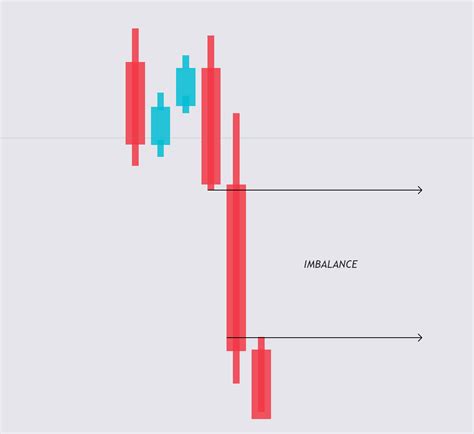“Powerful Waves of Uncertainty: A Guide Through the Uncharted Territory of Cryptocurrency”
In the rapidly evolving world of cryptocurrency, traders and investors are constantly looking for new ways to navigate the complex landscape. At the forefront of this revolution is a multifaceted ecosystem that is constantly pushing boundaries. Today, we will look at three crucial components that shape the crypto industry: Crypto (the underlying technology), Mainnet (the backbone of the network), Proof of Stake (a novel consensus mechanism). We will also explore how candlestick chart analysis can be used to gauge market sentiment and identify potential trading opportunities.
Crypto
At its core, cryptocurrency is a digital currency that uses advanced cryptography for secure financial transactions. The most well-known example is Bitcoin, launched by Satoshi Nakamoto in 2009. However, other cryptocurrencies such as Ethereum (ETH), Litecoin (LTC), and Monero (XMR) have carved out their own niches in the crypto space.
The main advantage of cryptocurrencies lies in their decentralized nature, which allows users to control their own money without intermediaries. This autonomy has sparked both excitement and skepticism from regulators around the world. Despite these challenges, cryptocurrencies continue to gain traction as many investors look to diversify beyond traditional assets like stocks and bonds.
Mainnet
The mainnet is the primary network underlying all cryptocurrency transactions. It is a complex system created by developers using various programming languages such as Solidity (for Ethereum) or Rust (for Cardano). The mainnet serves as the backbone of the crypto ecosystem, providing users with a secure platform for money transfers and market activities.
The mainnet is not without its own challenges, however. Cryptocurrency exchanges can be highly volatile, with prices fluctuating rapidly between buying and selling. This volatility makes it essential to develop strategies to manage these fluctuations, such as using stop-loss orders or technical indicators such as the Relative Strength Index (RSI).
Proof of Stake
Unlike Proof of Work (PoW) consensus mechanisms, which require powerful computing resources to validate transactions, PoS is a more energy-efficient alternative. In PoS, validators compete for a certain number of coins to secure new blocks and participate in the network.
The main benefits of PoS are lower energy costs and faster transaction times. However, this comes at the cost of greater centralization, as validators can accumulate significant amounts of coins if they own them all. This has raised concerns among some investors who fear that it could lead to a lack of decentralization.
Candlestick Chart Analysis
When navigating the complex world of cryptocurrencies, candlestick chart analysis is proving to be an invaluable tool for traders and investors. By examining price movements and patterns over time, we can identify potential trading opportunities and gauge market sentiment.
Here are some key takeaways from using candlestick chart analysis:
- Long-term trends: Analyze historical data to identify long-term trends in cryptocurrency prices. This will help you anticipate future price movements.
- Support and resistance:

Identify support levels (where price tends to rise) and resistance levels (where price is more likely to continue falling).
- Mean reversion: Use candlestick chart analysis to identify overbought or oversold conditions that may be followed by a reversal in market direction.
Although cryptocurrency trading carries inherent risks, candlestick chart analysis provides a valuable framework for making informed decisions.
Leave a Reply